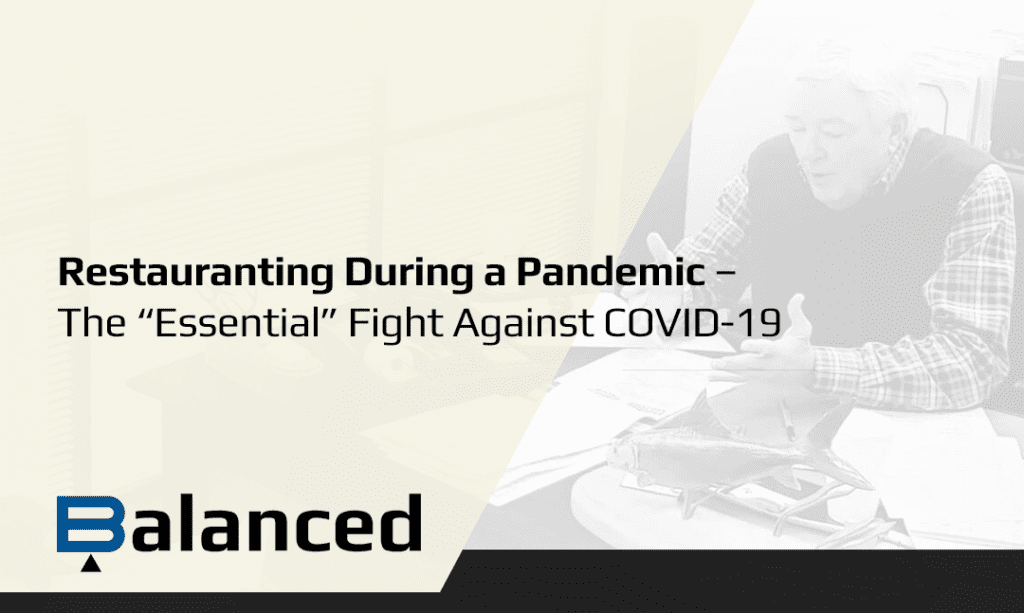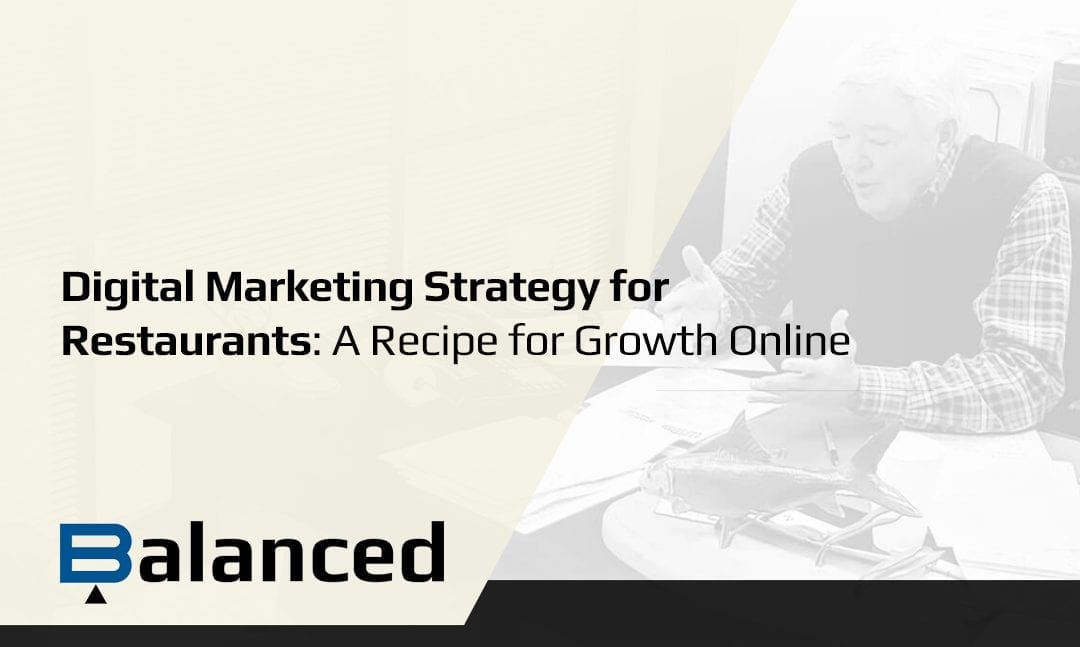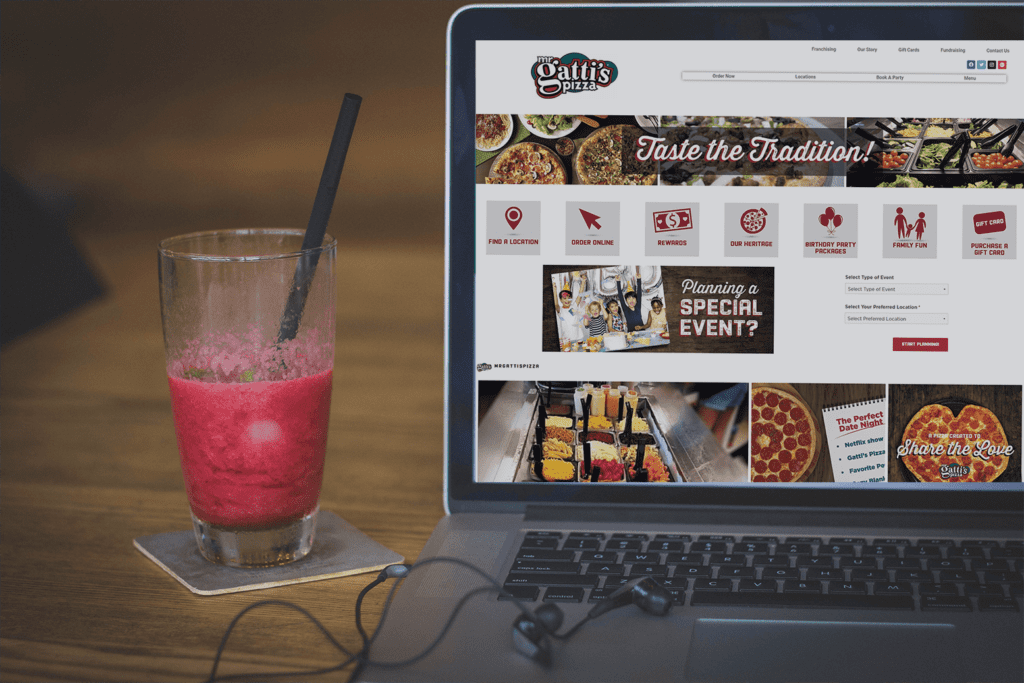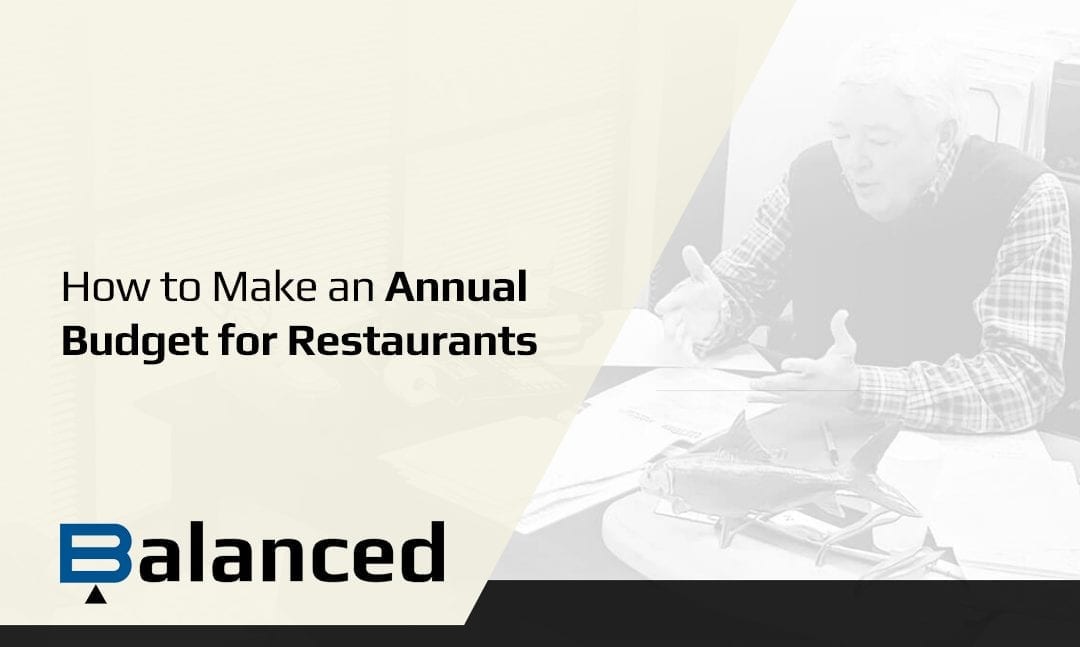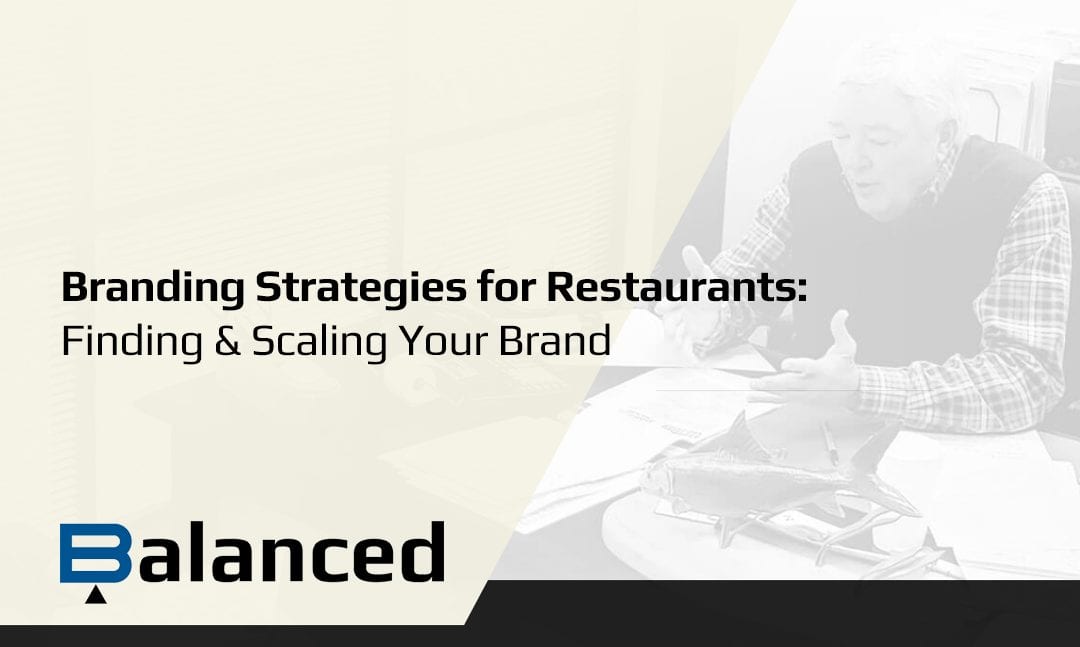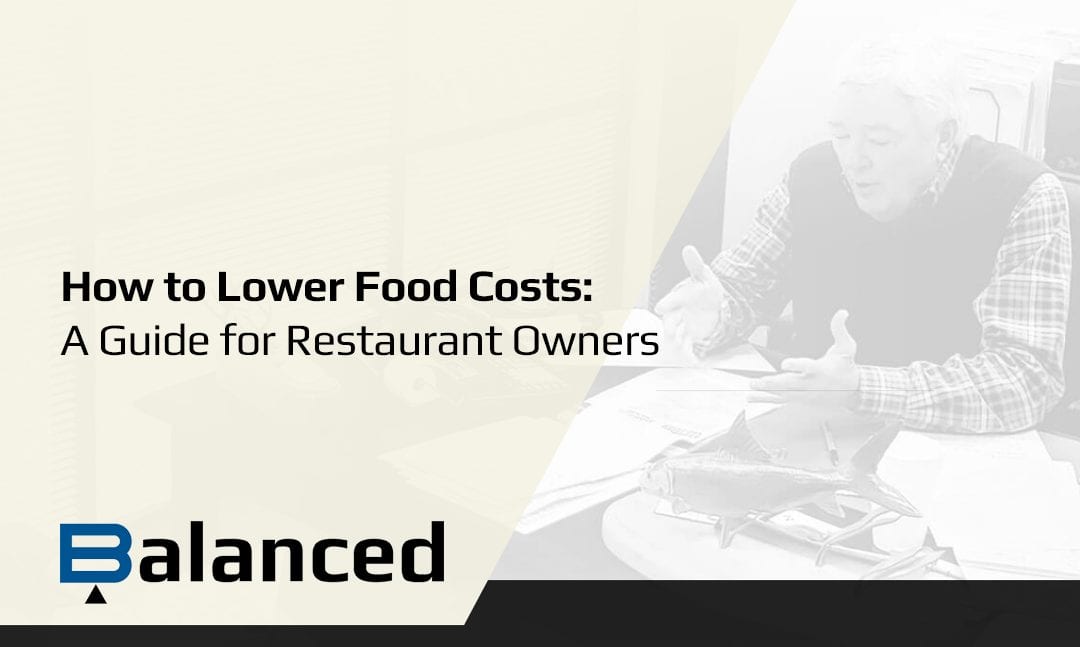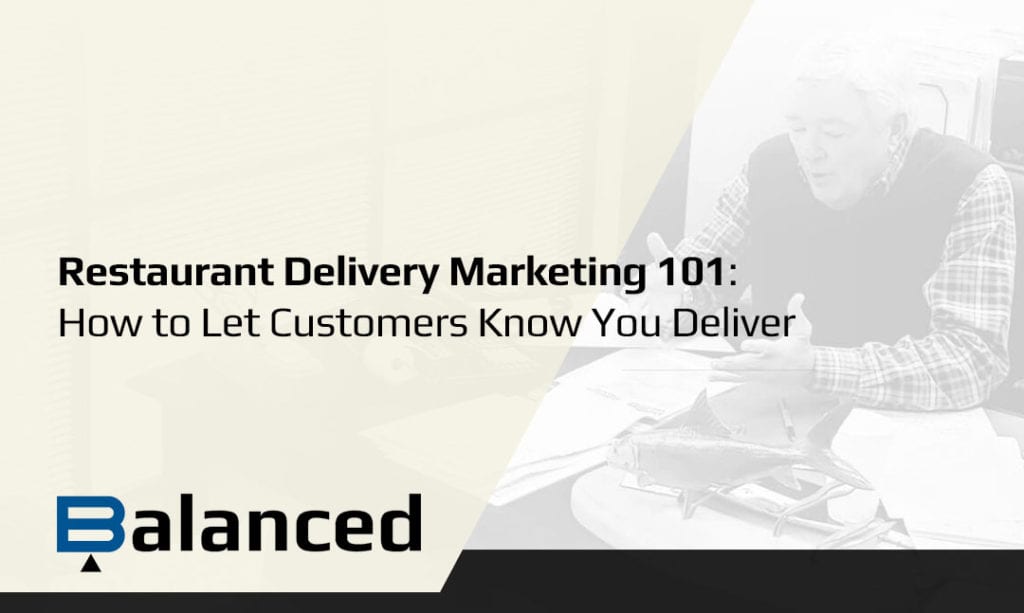
This year has hit the restaurant industry like a stiff arm to the throat. Restaurants that have survived COVID don’t talk about paper cost or the fact that plexiglass is back ordered. The global pandemic has changed what consumers look for in a restaurant. In 2020, it’s all about delivery and how you spread the word about delivery.
Global pandemic or not, restaurant delivery is projected to hit an all-time high of more than $26 million this year, adding another layer of revenue to the struggling industry. So how do you add delivery and/or increase your restaurant delivery sales? We’ve outlined some key marketing initiatives to help make your delivery program a success.
Accurate Online Restaurant Information
When it comes to spreading the word about delivery – look online. That is what your customers are doing! The 25 – 38-year old age group (Millennials) spend a third of their day online and have the highest disposable income. They use online sources (Google, Yelp, Twitter…) to get information for decision making, especially when it comes to food. Millennials account for more than 30% of all online orders for restaurants and they typically order restaurant delivery, between two & four times per week, with increased frequency due to COVID. This is the age group you want to talk to!
An accurate online presence is key to restaurant success in general, but delivery will not survive without accurate information online. If hungry customers can’t easily find and engage with your delivery options, they will scroll on quickly.
In our Digital Marketing Strategy for Restaurants: A Recipe for Growth Online post we speak to some best practices for maintaining a consistent online presence. You want to make sure all platforms/sites are getting the exact same information – hours of operation, address, phone number and service offerings must be consistent. Google has recently added ordering buttons to restaurant listings based on service offerings (delivery and carryout) – this has been a huge help for getting the word out on delivery. Facebook and Instagram have also added a button that links directly to the preferred online ordering site. Google, Facebook and other third-party sites are doing their part to help spread the word, they just have to have accurate and consistent information to do so.
Accuracy of menu items and pricing is also critical. Double-check menu items and prices on the branded website, social media sites as well as third-party delivery sites. There is nothing worse than a hungry customer that reviewed an outdated menu – they will never forget it and likely will never order from you again.
Using Keywords for Restaurant Delivery Marketing
Keywords on your branded website and third-party sites help push your brand to the top of online searches. Basically, how your restaurant and menu are described strongly impacts your SEO. No-Contact or Contact-Free delivery have been huge keywords over the past six months. The big players like DoorDash and Favor added these words to their website description and probably spent a small fortune on PPC. You do not have to do that. What you should do is use strategic and “high” search words to speak to your delivery services on your website, in social media posts and third-party sites. Remember – hashtags are your friends! A few words and phrases to consider:
- Takeout
- Curbside
- Delivery
- No-Contact
- Speedy
- Social Distancing
- Drive Up
- Pick Up
If you have partnerships with third-party delivery providers like DoorDash or Favor, you are benefiting from the small fortune they are spending on PPC, email blasts and their apps. We do not recommend partnering with every third-party delivery provider under the sun, the commissions and POS integrations are not friendly to the bottom line when you get too many parties involved. We do recommend doing your research and finding the right partner for your concept. Remember these providers are spending marketing dollars for you when you partner with them so there is a lot of potential.
Create a Branded Digital Experience
Every restaurant has a vibe – relaxed and chill coffee shop, family-oriented pizza place or chic and modern steakhouse. A key to restaurant delivery marketing is to showcase the restaurant vibe digitally; “who you are” as a restaurant must be visible online. People need to feel connected to the brand even if they are not dinning in the restaurant. This is achieved with a branded website, strong social media presence, email marketing and digital ads when possible.
Some good starting points for achieving a digital experience and showcasing your restaurant vibe online:
- Food Photography: High-quality, lick-the-screen photos of your food. They should be included on your branded website, on social, in emails, in your app, on third-party delivery sites and on Google. Google Business has an area to include food photography -use it. We recommend updating or rotating food photography regularly to keep the brand fresh and showcase fresh menu options. Post to social media a minimum of three times per week. Send weekly emails and update the website/third-party sites monthly.
- Team Photos: Including in-the-moment snapshots of your staff enjoying themselves at work can help showcase your restaurants identity. Show off your team members working hard to keep each other and customers healthy. It is something to be proud of! Photos of the team boxing up to-go orders or interacting with third-party delivery drivers help create the branded experience and illustrate the customer journey.
- Videos: Video provides the greatest reach and engagement on social media. Sharing fun short videos that feature your tasty bites, showcase your Rockstar team, and highlight your delivery services can help build word of mouth, while remotely delivering some of the experiential elements of restaurant dining that customers can’t enjoy in person right now.
- Highlight Community Engagement: Regardless of their background or context, everyone’s year has been difficult, and people are dealing with a variety of issues. It’s important for your brand to be seen showing compassion and empathy during this stressful time.
Restaurant delivery marketing operates on many of the same principles as more traditional marketing. Making sure that customers know who you are, the great food you offer, and that they can easily access your convenient delivery options will all work to secure loyal local customers.
About Balanced
Put simply, we are your partner. We help find balance in the crazy and exciting world of restaurant. Our clients are some of Austin’s favorite eateries. We help hospitality/restaurant clients with bookkeeping & financial services, human resources, marketing, operations and all the fun in between.
Ready to get started? Us too. Contact us today
